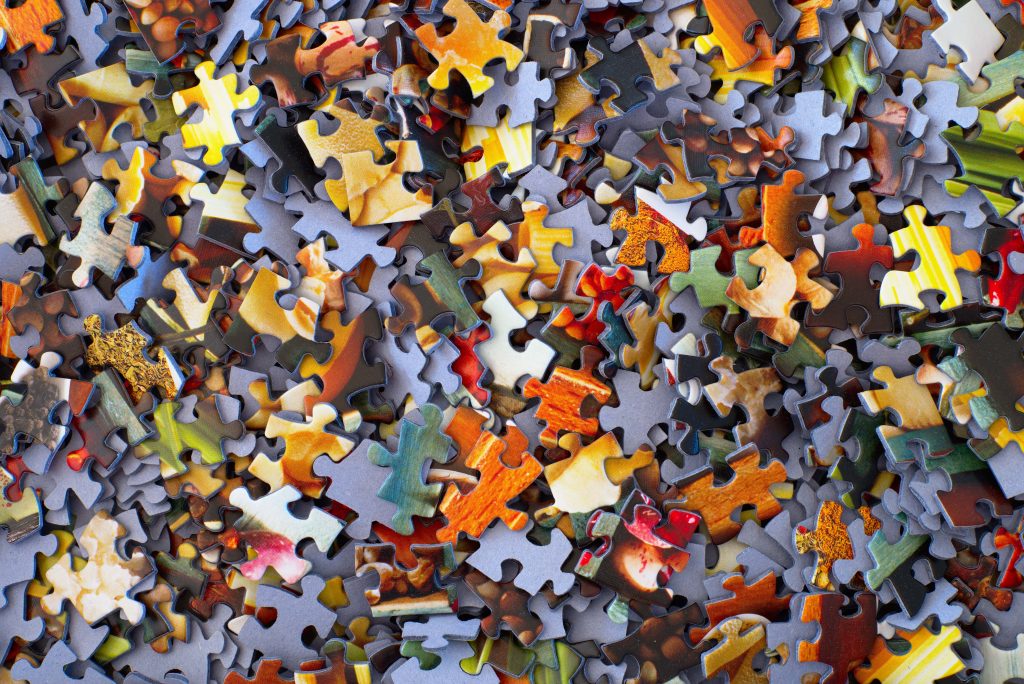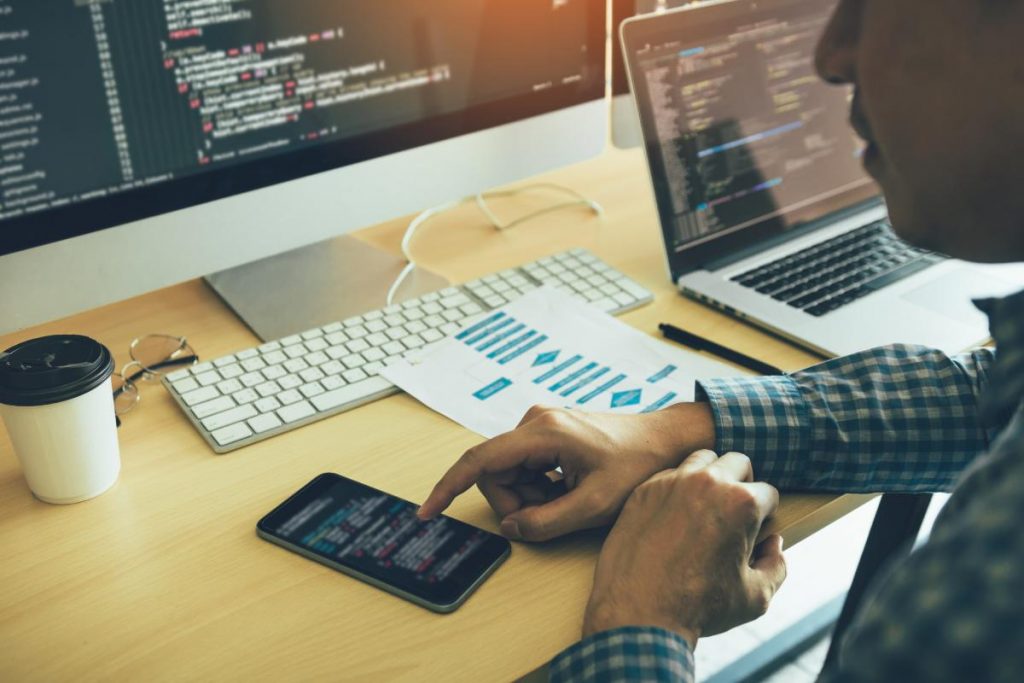Jul 08, 2020 Namiko
Difference between V-model and W-model in Software Testing
How are V and W models different by definition?
The software development process is a strategy in which a product undergoes various phases, including ideation, planning, creation, and testing, before the final product is delivered.
The primary difference is that, as a prerequisite for the Waterfall model, testing can only occur once the software product’s development is complete, without any mid-course adjustments. The W model is a straightforward, successive approach in which progress flows in a single direction.
On the other hand, the V Model, also known as the Verification and Validation Model, is similar to the waterfall model in that it takes a sequential approach to executing procedures. In that sense, we can say that the V-model is an alternative to the W-model, as steps are followed in the order of requirements, design, implementation, verification, and maintenance.

The V-model has been a staple in software quality testing since its introduction to the market back in the 1980s. Its sequence of steps is designed so that each phase builds upon the completion of preceding tasks, forming an upwards-bent progression for maximum efficiency and execution accuracy.
What is V-model in Software testing?
1) The verification phase includes
- Business requirement review is where clear communication, including exact functions and requirements, and acceptance test design planning are held.
- The system design stage involves understanding and detailing the product’s hardware and communication setup. System test design is best planned at this stage.
- The architectural design stage is where high-level design is developed, along with understanding the technical and financial feasibility of the product before it is developed. An integration test is best to be planned at this stage.
- The module design stage focuses on designing a detailed plan for the internal modules of the system, also known as low-level design; it is vital to ensure that the invention is compatible with other surrounding modules in the system architecture.
2) The coding phase includes
Here, the actual coding of the system modules is taken up. Based on the system and architectural requirements of the program, the most suitable programming language is selected. Then the code is reviewed and optimized to ensure the delivery of the best performing, and unit testing is completed by the developers.
3) The validation phase includes
- Unit testing is conducted early to eliminate bugs at the early stages of product development, although not all bugs can be identified.
- Integration testing is performed to verify that there is valid and proper communication between the internal modules of the system.
- System testing involves testing the entire system to ensure that its internal modules are configured to communicate effectively with external systems.
- Acceptance testing is conducted to verify a product’s compatibility in the client’s environment, identifying potential issues.
Advantages of the V model:
- Simple and explicit process to follow
- Testing starts from the requirement phase itself
- All the Functional Areas can be covered
- Defects can be found at an early stage
This is comparable to the shift-right approach in DevOps testing, which encourages the testers to analyze and wait until changes are deployed in production to find defects in unexpected real-life situations.

With the same definition of each phase – Requirement Review, System Design, Architecture, Low-level Design- using the W model helps ensure that the testing of the product begins from the very first day of the product’s development.
What is W-model in Software testing?
Advantages of the W-model:
- Testing can run in parallel with the development process
- No division between constructive and destructive tasks
- Often, the Developer is responsible for removing defects
Disadvantages of the W-model
- Complex to track the progress
- Testing has equal weight and workload as many activities in the development process.
It embodies the shift-left testing approach, ‘test early and often’, to perform testing earlier in the lifecycle, thereby moving left on the project timeline.
V-model vs. W-model
| Aspect | V-model | W-model |
| Testing approach | Sequential testing after development | Testing runs parallel with development |
| Flexibility | Less flexible to changes | More adaptable to changes |
| Complexity | Simple structure | More complex due to parallel processes |
| Risk management | Risks identified later | Early risk detection |
| Suitable for | Projects with well-defined requirements | Projects requiring iterative development |
Conclusion
While it is true that the V model is an effective way to test and reveal results for dynamic test cycles, there is no scope for risk management and mitigation for scheduling, especially. In contrast, W models are more effective in catching defects early in the delivery pipeline and enable the development team to get an extensive view of testing. However, important to remember that the W model is often compared to agile testing, where testing happens in parallel, which requires a significant amount of resources throughout the product cycle.
One must pick carefully a model that works better with the available pool of resources and the complexity of each project in order to convey an ideal quality product.
ContactContact
Stay in touch with Us








